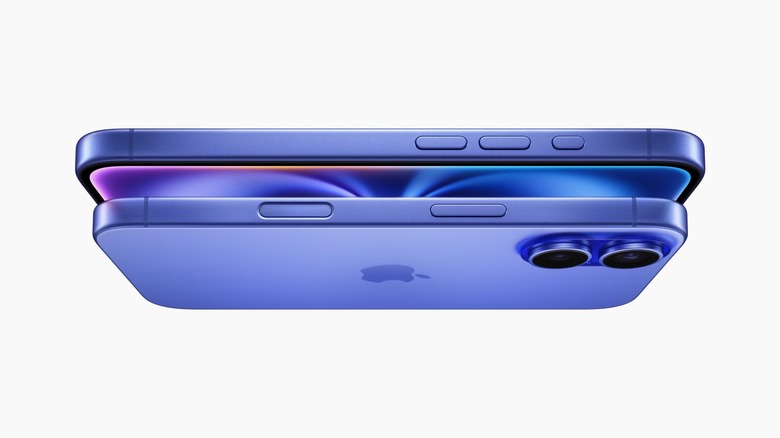iPhone 16 Battery Uses Electric Glue That Will Make It Easier To Repair
A few days ago, we learned that the iPhone 16 Pro and 16 Pro Max batteries would be more expensive to replace than other models. I speculated that the longer battery health and rumored battery technologies Apple introduced with the iPhone 16 might be to blame.
The iPhone 16 Pro Max should feature a new metal casing for the battery. Rumors say the metal case would help Apple increase the battery energy. Also, Apple would use a new tech to glue the iPhone 16 batteries. It'll employ an electric charge to glue and unglue the battery packs.
These new technologies might warrant a higher price tag for replacement batteries. It turns out that Apple is indeed using electricity to glue and unglue the batteries. However, the new tech only applies to the cheaper iPhone 16 and 16 Plus. It's all part of Apple's goal to make the iPhone more repairable.
We first heard about Apple's "electric glue" tech this summer. A report called the iPhone 16 technology "electrically induced adhesive debonding."
You'd have to apply an electric current to the battery to unglue it from the chassis. Anyone who watched an iPhone teardown video knows the batteries are held down by glue, and removing them can be annoying. You'd have to reapply glue to get the battery in place.
We now have an official name for the electric glue. According to Tom's Guide, the iPhone 16 battery is held in place by an "ionic liquid battery adhesive." This detaches after being exposed to a low-voltage current. How low? TechCrunch says that current from a 9-volt battery would do.
TechCrunch also notes that the ionized adhesive feature isn't available for the iPhone 16 Pro and 16 Pro Max. So much for my theory about electric glue being one of the key innovations driving up the cost of iPhone 16 Pro battery replacements.
Still, there might be other battery technologies in place for the iPhone 16 Pro models that only teardowns will reveal. iFixit should be among the first to disassemble the new phones later this week.
The electric glue should make repairs easier, which is certainly an advantage for the iPhone 16 and 16 Plus models.
Apple is also launching a new Repair Assistant feature in iOS 18. It lets users and repair shops configure Apple parts directly from the device. Technicians can also configure the TrueDepth camera on iPhone 12 and newer handsets on-device rather than connecting them to a Mac.
The iPhone 16 models will support TrueDepth cameras from other iPhone 16 models. The iPhone 16 Pros will offer "simplified access" to components, per Tom's Guide. That means you'll be able to service parts like the LiDAR sensor.
Apple hasn't provided additional details about the internal design of the iPhone 16 Pro. However, we'll see the internal designs of the iPhone 16 Pro and non-Pro models this Friday. iFixit will certainly spot all the repairability improvements Apple has implemented, as well as any issues that might hinder repairs.
